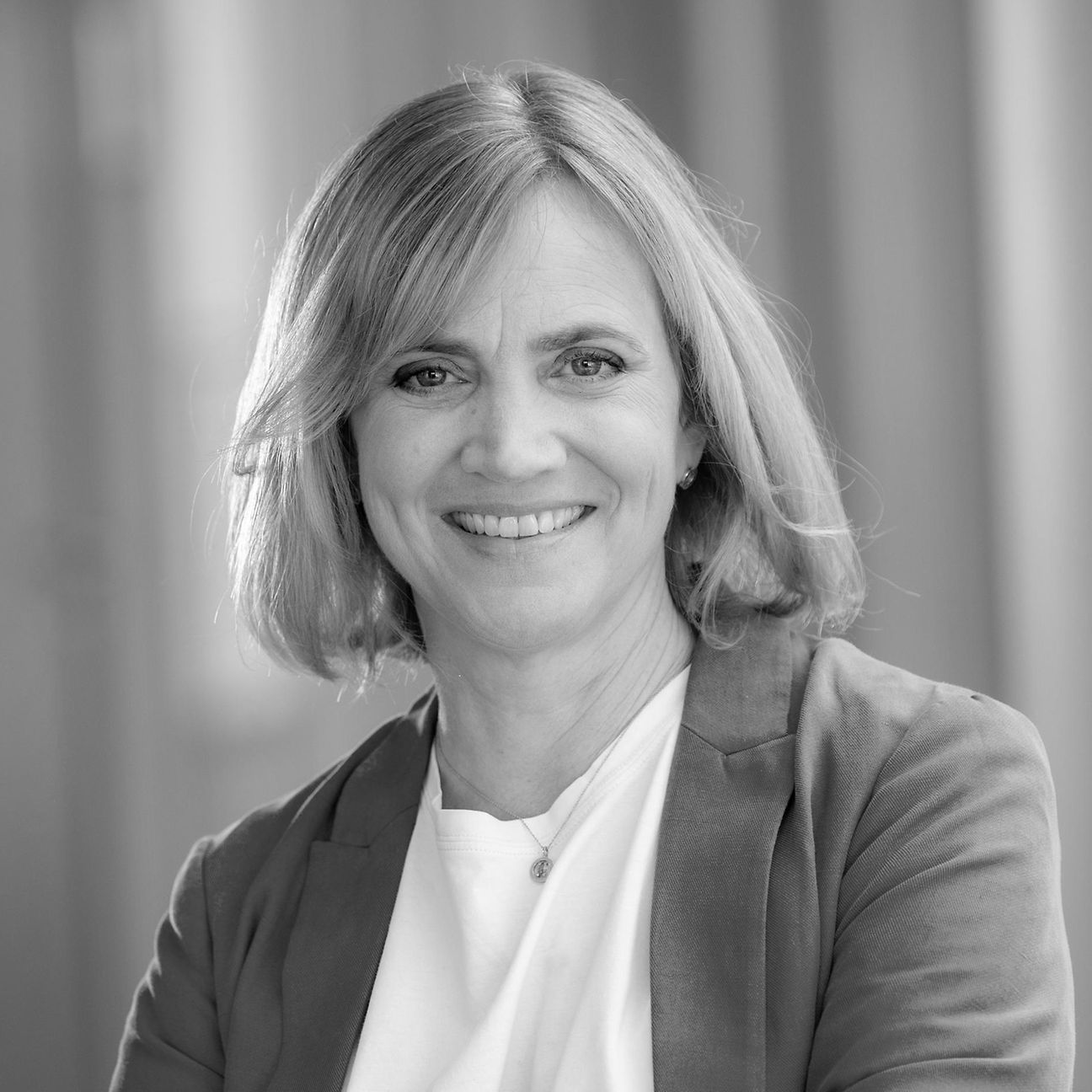

World record: Telekom demonstrates 12 gigabits per second in mobile communications
- Use of 6 gigahertz radio spectrum lets data speed skyrocket
- High frequency bands suitable for more bandwidth in mobile communications
- World Radiocommunication Conference in November sets the course for the use of frequencies
Telekom has set a new world record in mobile radio: In Alzey, a data rate of 12 gigabits per second was measured during tests. Data speed and bandwidth were thus up to twelve times higher than in today's 5G network. These high data rates were made possible by the additional use of the frequency spectrum at 6 gigahertz (6 GHz). These frequencies are not yet available for mobile communications. At the World Radiocommunication Conference in November, the use from 2025 onwards will be discussed: "The 6 GHz spectrum has the characteristic to meet the growing demand of our customers for more capacity and more speed. That is why we hope that the World Radiocommunication Conference will set the direction for mobile radio use," emphasises Abdu Mudesir, Head of Technology at Telekom Deutschland. Telekom's 6 GHz world record is therefore an important contribution for radio experts from all over the world.
Data record in Rheinhessen
For the test under real conditions, Telekom equipped a rooftop location in the town of Alzey in Rheinhessen with a 6 GHz antenna. In addition, an antenna was mounted that is already used today for the 5G mobile communications standard and transmits via the 3.6 GHz frequency band. During the measurements at a distance of around 100 metres, around 12 gigabits per second were measured with slight fluctuations. The highest value was 12.3 gigabits per second. To achieve this unprecedented speed in mobile communications, the two 5G data streams - from the 6 GHz spectrum and from the 3.6 GHz spectrum - were bundled. The measurement at 6 GHz alone was already 11 gigabits per second. With the 3.6 GHz spectrum, around 1 gigabit per www.youtube.com/watch?v=ZSp1M3sT9_E
The merging of frequency bands for more bandwidth is called "channel bundling" or "carrier aggregation" in technical circles. This principle has been used for LTE and 5G for years. The handsets bundle different frequency bands for more bandwidth and enable higher data rates. As part of usual network modernisations, the 6 GHz band could then additionally go into operation at Telekom's 5G mobile sites. Future smartphone models will be able to use this band.
The 6 GHz frequency spectrum is characterised by its ability to transport large amounts of data quickly. However, these rather short-wave frequencies only reach a few 100 metres. They are particularly suitable for use in inner-city areas because a dense antenna network already exists there and at the same time many customers need a fast network. In Alzey, Telekom has tested with 400 MHz in the 6.425-7.125 MHz range. The first tests with 6 GHz already took place in Bonn in October 2022. There, Telekom had proven that the 6 GHz frequencies are well suited for inner-city areas. With the world record in Alzey, it has now been proven that the additional use of the 6 GHz spectrum can take mobile communications coverage quality to new dimensions.
About Deutsche Telekom: Deutsche Telekom Group profile


